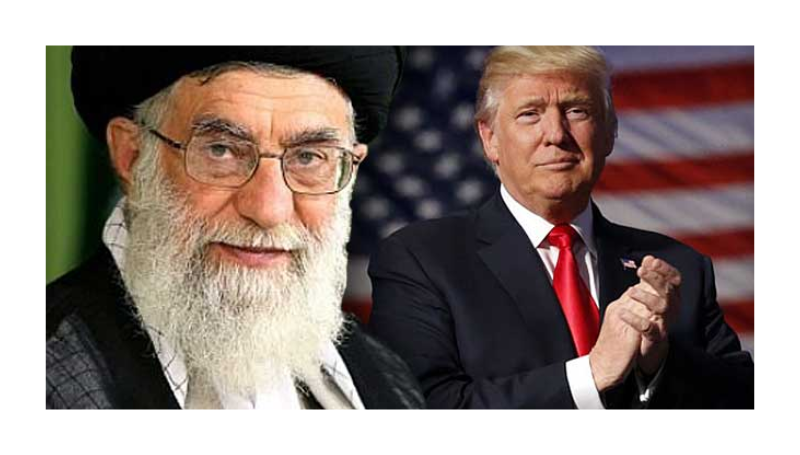Eli Lake
The Free Press, June 15, 2025
“Trump himself has, in his public messaging, seemed to want to appease the warring sides of his coalition.”
Since Israel began its war against Iran, President Trump and his White House have sent mixed messages, giving the warring factions of his political coalition reason to hope they may prevail in shaping his policy toward the new war for the Middle East.
It’s been a long time coming. As I reported earlier this year, even before Trump’s second presidency began, the restrainers inside the MAGA movement had hoped to create an America First foreign policy that pares down America’s global military footprint. On the other side, a mix of pro-Israel evangelicals, Jews, and the remnants of GOP hawks have sought to keep America engaged in the world.
Iran policy is the defining difference between these factions. For the restrainers, war between Israel and Iran is another Middle East quagmire at best and the first battle of World War III at worst. For the hawks, it is a necessary fight to eliminate the threat of a nuclear Iran and even a chance to finish off an American enemy that has menaced its allies and interests for decades.
No wonder the rhetoric has been so heated. Tucker Carlson, the most influential restrainer in the media, began a newsletter on Friday morning with the ominous headline: “This Could Be the Final Newsletter Before All-Out War.” Senator Rand Paul, also in the restrainer camp, told NBC’s Meet the Press on Sunday that he expected “hundreds of thousands of people. . . will now die on both sides.”
In the other camp, Senator Lindsey Graham on Sunday told CBS’s Face the Nation that the “worst possible outcome of the world is for the Iranian nuclear program to survive after all of this.” He went on to say that he was pressing President Trump to “go all in” to make sure none of Iran’s nuclear infrastructure was left standing.
One reason for the public spats between various Trump allies is that the inner circle deliberating on Iran policy is very small and has been fairly tight-lipped, according to administration officials who spoke on condition of anonymity. The inner circle consists of Trump himself, along with his chief of staff, Susie Wiles; his chief negotiator, Steve Witkoff; Secretary of State Marco Rubio; Secretary of Defense Pete Hegseth; CIA director John Ratcliffe; and Vice President J.D. Vance. This group occasionally includes Director of National Intelligence Tulsi Gabbard. But she was absent from last weekend’s meeting on Iran policy at Camp David.
… [To read the full article, click here]


